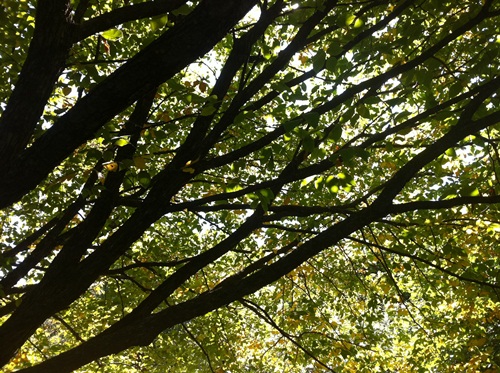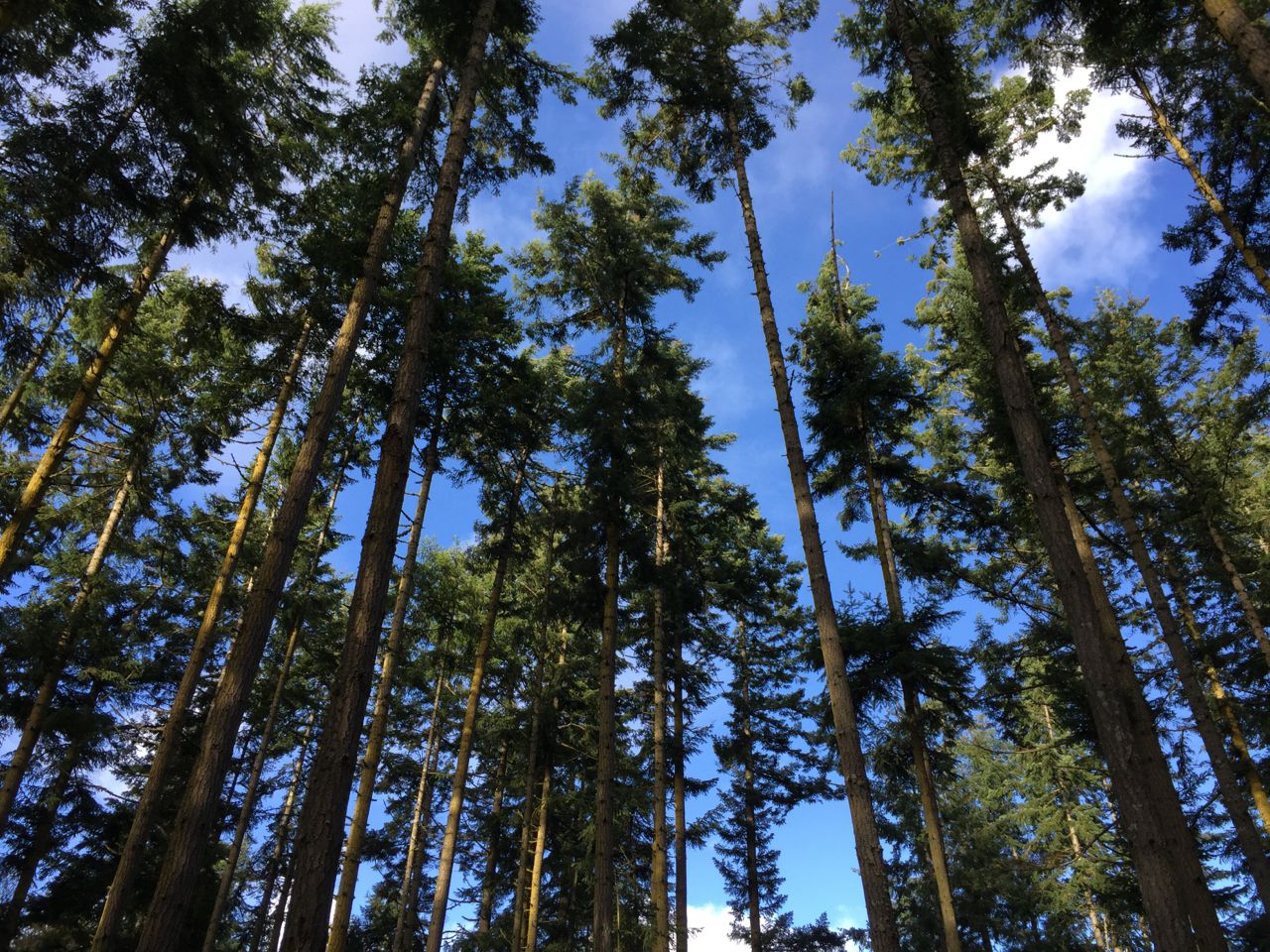
What’s not to love about trees, right?
When I’m out wandering around, which is pretty often, I spend a lot of time gazing up at the ordinary trees around me, mostly wondering what they are. As a pretty well-rounded renaissance person, I feel like I should know more–or something, at least–about the powerhouses that tower over the yards, parks, farms, golf courses and other places I spend my time. But I don’t.
The other day I realized I couldn’t say with certainty from which tree acorns come (the answer is oak). Not my proudest moment.

I would love to be able to describe leaves (“round-ish” and “finger-y” are not great descriptors, but they’re just about the best I’ve got) or to identify trees–that would be really great. I’ve heard of iPhone apps that purport to do this, but I’m skeptical and have not tried them (has anyone else? how to they measure up?).
So where do I go to learn this valuable and/or trivial skill?
Turns out (probably should’ve known this one, too), the UW-Madison Arboretum labels their trees with beautiful imprinted metal tags. My partner and I spent a couple hours wandering the fields out there after making this delightful discovery, and it was amazing. It was like having instant access to an encyclopedia when someone tries to tell you that the word “golf” originated as an acronym for “Gentlemen Only, Ladies Forbidden.” Instant gratification!


And the outcome? I think I can now effectively tell an ash from an elm. Not a bad start.



Comments
Outside of the arboretum, I would recommend the Audubon field guide to North American trees: eastern region. That’s how I’ve been doing it with my pops, at any rate.
Yes, good call! Those field guides are great. Also, obviously, I love your gravatar.
Yours,
Sidonie